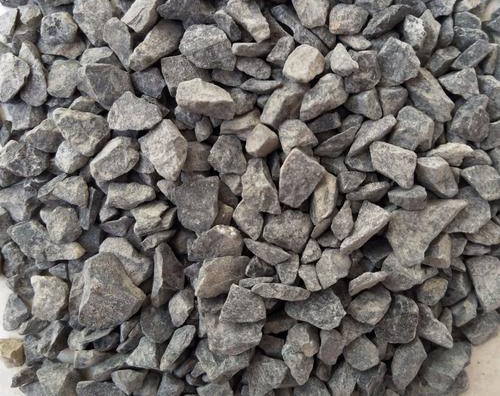The basalt we usually see is full of potholes and holes of different sizes on its surface. Many friends are curious about what the holes on these stones are. Let's take a look together and see what they are?
If you have a basic understanding of the geological structure of basalt formation, you will understand the secret of basalt bubble holes. Originally, basalt belonged to a high-density volcanic rock, which means that basalt was formed by magma cooling. During the process of magma breaking through the mantle and rising and condensing, the volatile gases in the magma continuously ruptured under the pressure of the external atmosphere. The cooling and collapse of the magma surface quickly became holes. After geological structure, basalt rock layers will be formed under various pressures, but the dense pore structure remains on the surface and internal structure of basalt.

Does basalt stone with bubble holes affect building quality?
Many people see so many holes in basalt and ask if this type of stone is sturdy or if it will collapse when exposed to water. In fact, your concerns are completely unnecessary because basalt belongs to high-density and high-strength stone under the influence of high temperature and high pressure in early geological structures. Speaking of the holes on top, these holes will not have any impact on buildings.



